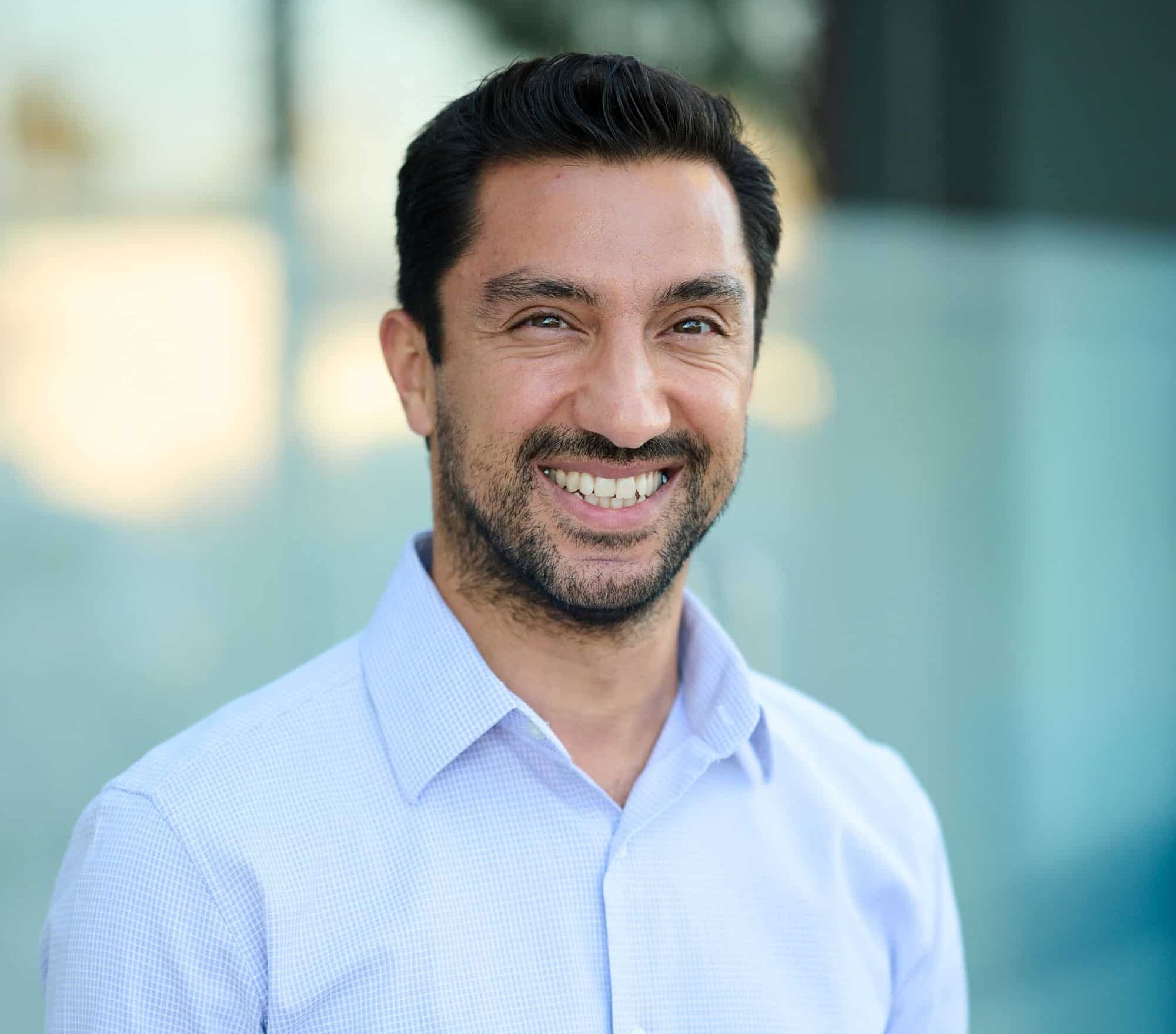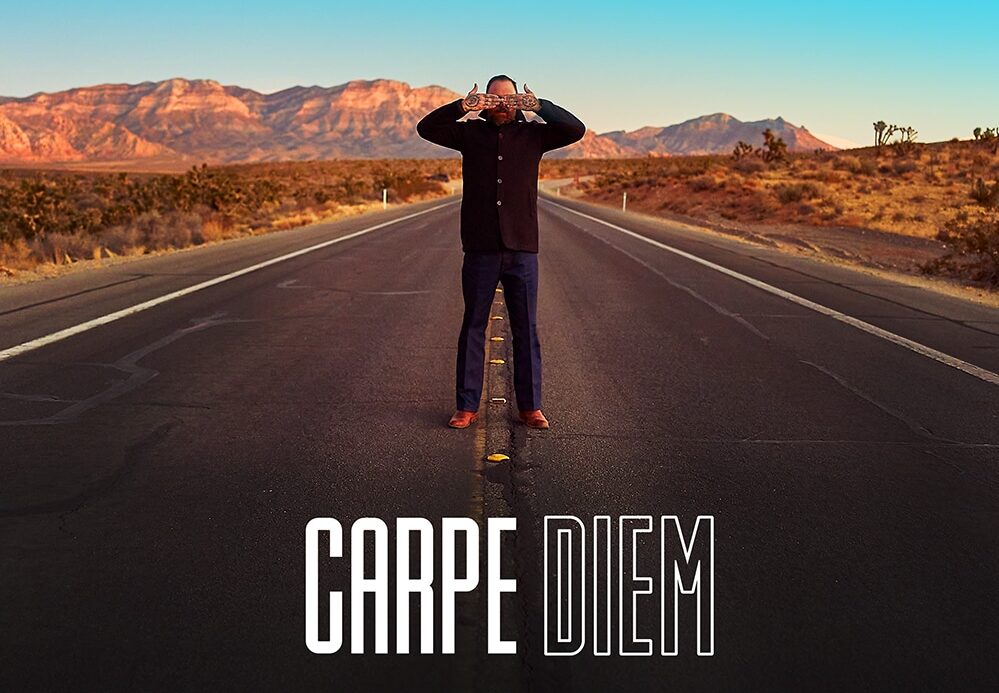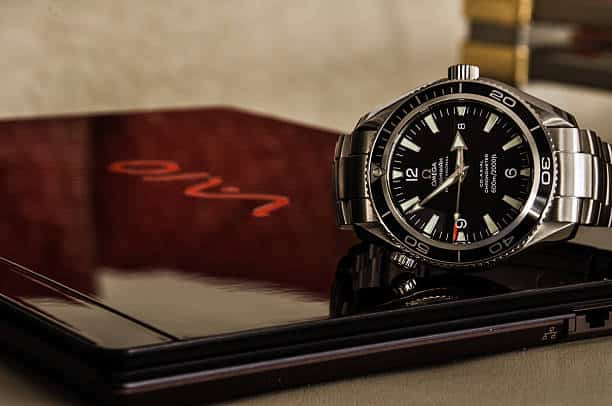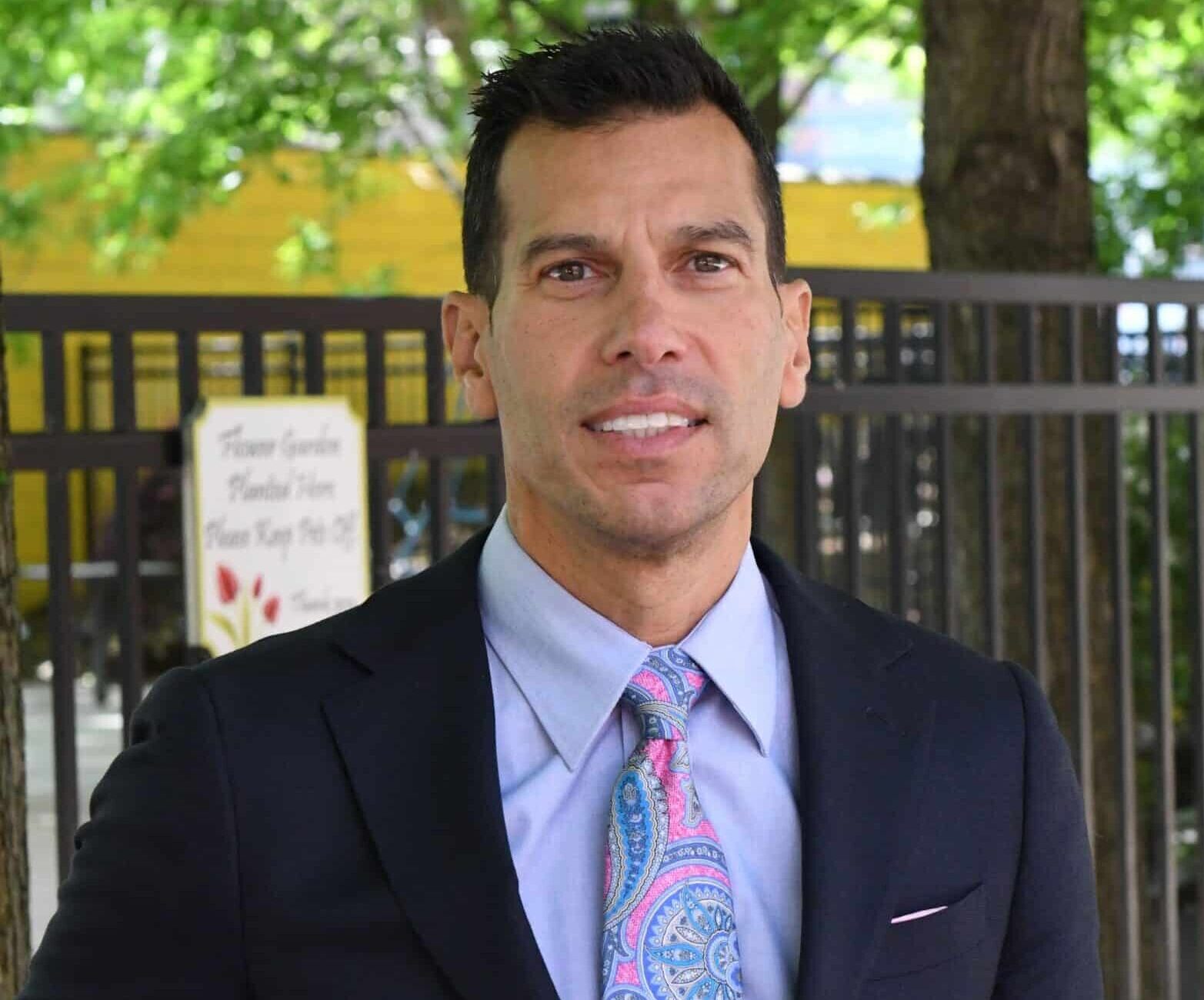“Design is thinking made visual.” – Saul Bass, legendary graphic designer and Oscar-winner for film title design.
Roger Hooks has expertise in every aspect of design and corporate creative discipline you can imagine – branding, campaigns, events, packaging, positioning, photography, video, music, and multimedia.
He is known for merging contemporary styles with urban influence with timeless design principles. During his more than 36 years as a designer, innovator, and leader, he’s held fast to adaptability, collaboration, and pushing the boundaries, resulting in an 18-year tenure with Supermicro, a global leader in application-optimized total IT solutions based in San Jose, California.
Hooks started his career as a paste-up artist at AlphaGraphics, where he developed his foundational design skills. For those unfamiliar, paste-up was how ads, books, and other publishing materials were assembled before the advent of desktop publishing software. Professional printers had to typeset and print all copy, headlines, graphics, and images that would go into an ad, newspaper, book, or other document to be published and reproduced. The camera-ready materials would then be waxed or layered with adhesive on the back and every element needed to be manually cut out with a utility knife and arranged on a gridded page mockup that would go to the printers.
While at AlphaGraphics, he worked with clients such as Apple on branding initiatives. He then segued to food illustrator for many iconic Bay Area brands.
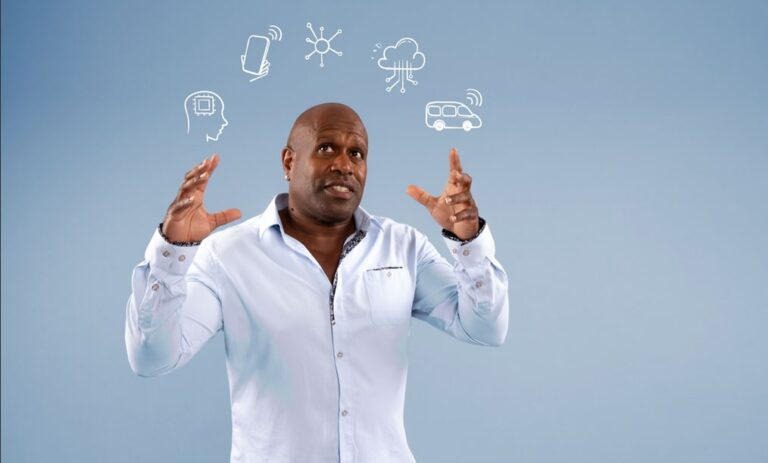 “I started at the bottom at AlphaGraphics, which later became Optima Print and Graphics working on Safeway’s ads, daily, and in-store promotions,” Hooks says. “The company adopted desktop publishing, so I was eager to get started with that and jumped on the computer as soon as possible. We started with [Adobe] Pagemaker and QuarkXpress; I taught myself Mac Paint. From there, it just evolved as I got more used to using computers. I moved onto AlphaGraphics downtown, then moved to a small boutique design firm where I really started getting my footing as a designer.”
“I started at the bottom at AlphaGraphics, which later became Optima Print and Graphics working on Safeway’s ads, daily, and in-store promotions,” Hooks says. “The company adopted desktop publishing, so I was eager to get started with that and jumped on the computer as soon as possible. We started with [Adobe] Pagemaker and QuarkXpress; I taught myself Mac Paint. From there, it just evolved as I got more used to using computers. I moved onto AlphaGraphics downtown, then moved to a small boutique design firm where I really started getting my footing as a designer.”
A very high-profile event, the Silicon Valley Charity Ball, allowed him to head an elaborate creative project. His team created pop-up books and invitations and were able to use cutting-edge materials and technologies.
“We were able to do just about everything you could do in printing: aqueous, varnish, die-cut and that introduced me to just all the variations that you could do on the press so I really began understanding how to use different materials, and different finishes to create original effects in print and that catch people’s eye. I was able to capitalize on resources and the influence of talented people who helped me as a designer and taught me how to be more precise because when you start doing die cuts, you need to be incredibly accurate. You must align closely with the production company so all the components fit together perfectly.”
His next area of expertise came from consumer retail experience and a strong understanding of Eastern and Western design elements and what works where. The explosion of consumer electronics on the market in the 1990s and early 2000s, mainly from the Pacific Rim, resulted in intense competition for shelf space in electronics stores.
“The Asian companies trying to bring their products to the U.S. market were getting rejected because they just weren’t appealing to companies like Fry’s and Best Buy,” he says. “I landed one project, and soon, my name was being passed around with, ‘Hey, this guy can get you on the shelf!’ At that time, I’d tell people, ‘If you want to see my portfolio, go to Fry’s aisle 13. Look at what has the most faces – faces mean you’re selling a lot – so look at the products with the most faces, and you’ll see my work. Many companies went from not selling to selling a lot just from my experience with the consumer retail market and understanding how to stand out from the competition.”
From there, he started his own boutique design firm, where he specialized in targeting young companies coming from the Pacific Rim, and it grew from there. It turned into video production, which lent itself to his music side (he also had a boutique record company, which enhanced the audio aspect of his multimedia projects).
“On the photography side, I learned a lot by being on three- and four-day or week-long shoots,” says Hooks. “That helped build my reputation with photographers. This is what led me to Supermicro. I was referred by a photographer I had worked with. But at that time, I was often working 18-hour days. Supermicro would require the same, but I wanted to chill a bit, so I turned it down the first time. They returned and made a better offer, so I took it. This was about 18 years ago.”
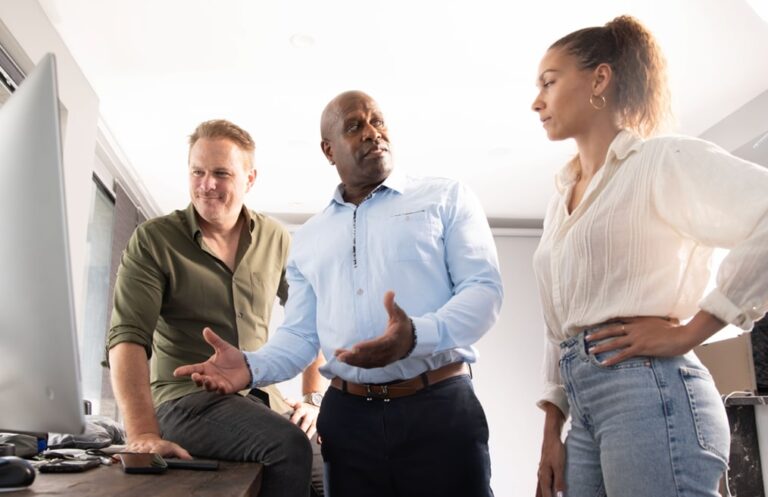 At that time, the company was somewhat young, with about $250 million in revenue; it now has $50 billion, and Hooks has been driving the creative vision through this level of growth. Hooks was instrumental in orchestrating the “3.0” brand launch, which propelled the company into the Tier 1 Enterprise Server Solution space.
At that time, the company was somewhat young, with about $250 million in revenue; it now has $50 billion, and Hooks has been driving the creative vision through this level of growth. Hooks was instrumental in orchestrating the “3.0” brand launch, which propelled the company into the Tier 1 Enterprise Server Solution space.
“When I started, they came from an Asian cultural philosophy, which I was familiar with,” he says. “It was a slow but progressive growth to transition them from Asian style elements to what was preferred in Western culture. It took a while for us to get the story out. We were working with Intel, and they urged us to use their agency because they felt we needed help. Now, 18 years later, they’ve asked to use our creative. Industry giants are looking to us to lead them instead of them leading us.”
Of his many other creative endeavors, one is his own boutique music company. He also did business with Universal Music Group, including creating marketing campaigns for Snoop Dogg and comedians such as Cedric the Entertainer and Katt Williams.
“We rolled out a campaign for Snoop Dogg’s DVD release “Adventures of tha Blue Carpet Treatment,” and then a few what is it comedians Cedric the entertainer, Kat Williams rolling out some of their titles. We won an award from the Marketing Association of America for the Snoop campaign where I wrote an email in Snoop Dogg’s voice.”
Another successful venture Hooks developed as a remedy for many not realizing Supermicro offered diverse solutions for the industry.
“I came up with ‘When you think of cloud computing, think Supermicro.’ ‘When you think AI, think Supermicro.’ ‘When you think high-performance computing, think Supermicro’ … that campaign worked well for us.”
Hooks has an unwavering commitment to mentorship. He actively nurtures the next generation by fostering a culture of growth and empowerment among creatives. His dedication to leadership development reflects his belief in the importance of nurturing creativity and collaboration.
“I got a great opportunity as a junior creative when my boss was struggling to get the client what they wanted; it just wasn’t connecting,” he said. “Finally, my boss said, ‘You try it.’ I really worked to come at it from a completely different angle, and the client loved it. That experience opened the door for me to contribute more and I want to always leave the door open for my junior members to contribute on even the largest scale campaigns and have a chance to get exposure.”
Beyond Supermicro, Hooks has collaborated with actor and director Brian Hooks on projects, including urban films that showcase diverse narratives. This partnership aims to bring more inclusive stories to streaming platforms, highlighting Hooks’ commitment to representation in media.
Hooks’ influence extends beyond corporate creativity; he is deeply committed to community impact through his involvement with the Bay Area’s Alameda County Knights, a semi-pro football team.
“Players range from 20 to 67,” he says. “That guy was the lead sacker. He had more sacks than anybody else. I joke with him about not breaking anything. I had played semi-pro for the 49ers team over the years. My friend, who was an owner, wanted help with the team as it had fallen off a bit and it wasn’t maintaining the original focus to help at-risk young men. We work to ensure players have employment and football gives them discipline and camaraderie.
His journey is a powerful testament to the impact of blending urban culture with classic creative principles, inspiring others to embrace their individuality, which makes him a champion for the next generation of creatives.
Copyright © 2024 California Business Journal. All Rights Reserved.
